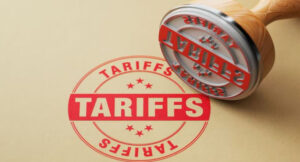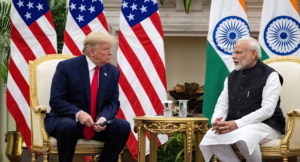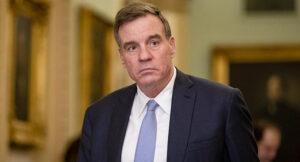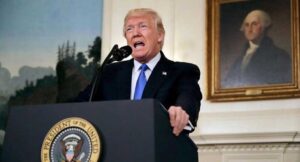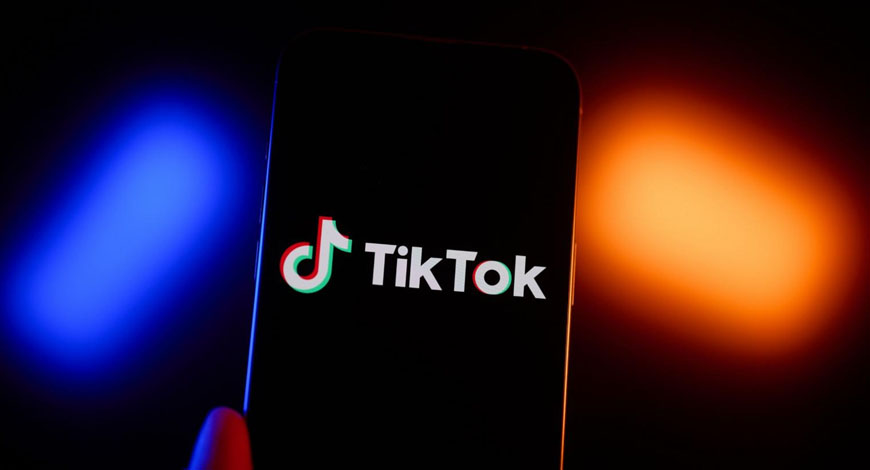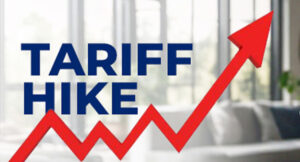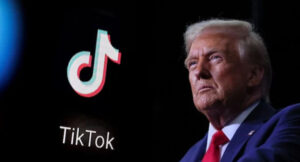The Trump administration’s threat of massive new tariffs has sent Apple Inc.’s share price plummeting, but it also brought a short-term benefit: customers rushing to retail stores to buy iPhones.
Employees from different Apple locations across the country said stores filled with customers over the weekend — with the shoppers expressing concerns that prices will climb dramatically after the levies are imposed. Most iPhones, Apple’s best-selling and most important product, are manufactured in China, which is in line for tariffs of 54%.
One employee said their store was slammed with people panic-buying phones: “Almost every customer asked me if prices were going to go up soon,” said the worker, who asked not to be identified because they weren’t authorized to speak publicly.
Though stores didn’t necessarily see the kind of lines that come with an iPhone launch, the atmosphere was like the busy holiday season, employees said. “People are just rushing in worried and asking questions,” one said, adding that the company hasn’t provided guidance to stores on how to handle such inquiries.
The frenzy has translated to more purchases. Apple’s US retail stores saw higher sales over this past weekend than in prior years in at least some major markets, according to a person with knowledge of the matter. An Apple spokesperson declined to comment.
Apple will report its fiscal second-quarter results on May 1, giving Chief Executive Officer Tim Cook and Chief Financial Officer Kevan Parekh an opportunity to discuss the effect of expected tariffs. During the holiday-quarter conference call, Cook said the company was assessing the impact but wouldn’t comment further.
The stock market’s tariff meltdown has hit Apple especially hard. The company’s valuation fell by more than half a trillion dollars in the final two trading days of last week, and the stock suffered its worst three-day rout since the aftermath of the dot-com bubble in 2001.
The company has been taking steps to prepare for the tariffs, including stocking up on inventory. In a bid to reduce the toll moving forward, Apple is steering more devices made in India to the US market, Bloomberg News has reported. The country is currently set to be taxed at a lower level than China.
Apple also has spent years shifting more of its production to Vietnam, which will have a slimmer tariff than China. The company has manufactured Apple Watches, Macs, AirPods and iPads in that country. It also produces some Mac models in Ireland, Thailand and Malaysia.
Apple’s flagship retail store on Fifth Avenue in New York was busy Monday afternoon. Ambar De Elia, a Buenos Aires native, is visiting New York and was already planning to get an iPhone 15 for her younger sister. But when she woke up this morning and saw the news about Wall Street, she thought now was the best time to splurge.
Analysts and industry watchers have been trying to gauge the impact of a 54% China tariff on prices, with some speculating that iPhones could soon cost thousands of dollars apiece.
In reality, Apple is likely to take a number of steps — including squeezing its suppliers and putting up with lower margins — to keep prices from soaring, Bloomberg News has reported. Apple’s latest flagship iPhone currently starts at $999 — a level that has remained constant since 2017.
“I think everyone is here because of the fear, they don’t know what’s going to happen,” De Elia said. “If we have the possibility to buy something at a lower price of course we are going to.”
One employee at the store said he wouldn’t be surprised to see the rush continue at stores over the next few days. Another worker noted that this is typically considered the off-peak season — new iPhones are released in September — but many customers are upgrading now.
The surge could help bolster results in Apple’s third quarter, which runs through June. Since the company is selling the inventory it already accumulated, the impact from tariffs won’t likely be felt until the following quarter. Bloomberg

